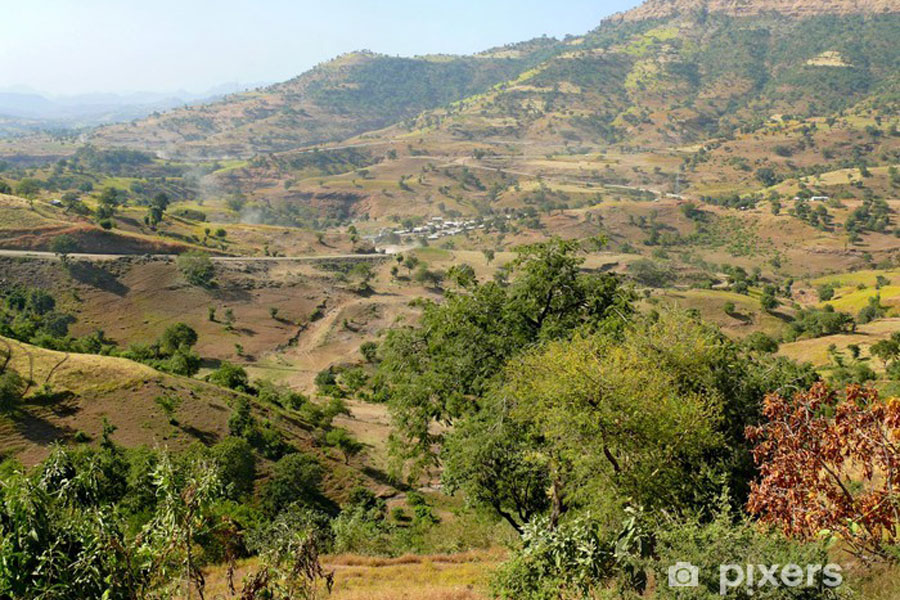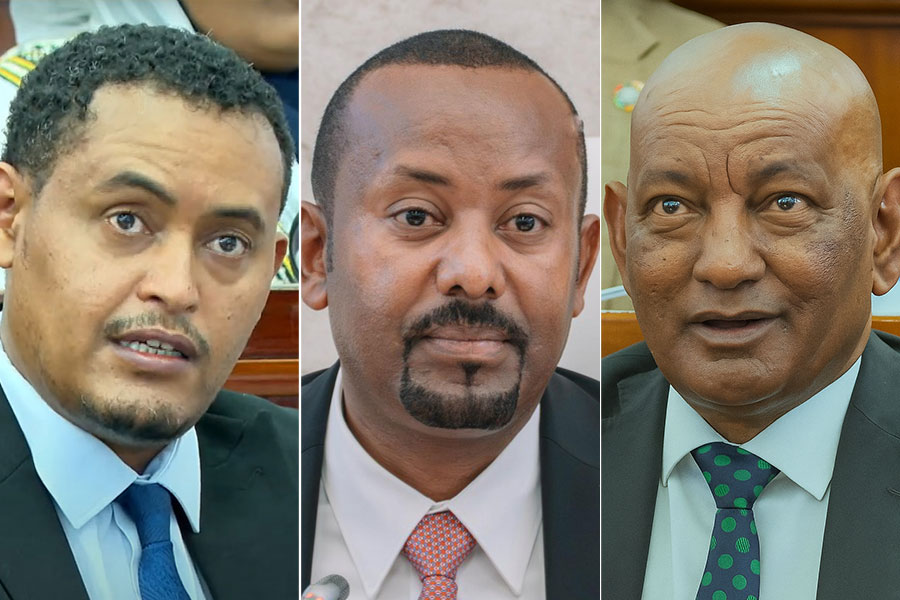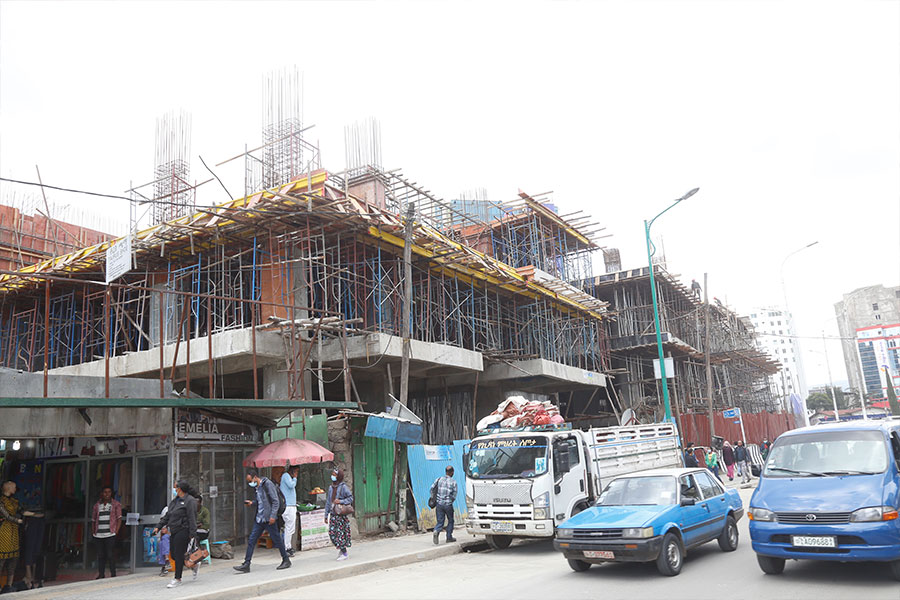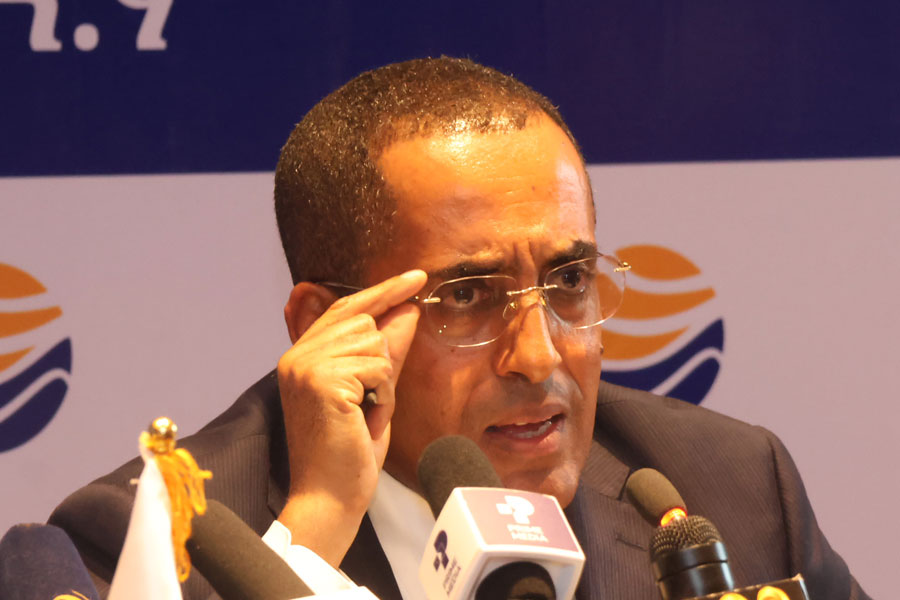
Commentaries | Mar 20,2021
May 20 , 2023
By Florence Gyembuzie Wongnaah
When Jonas Salk's polio vaccine was found to be safe and effective in 1955, following a successful trial involving nearly two million American children, it marked a turning point in the fight against a highly infectious disease causing incurable paralysis or even death. Before Salk's discovery, between 25,000 and 50,000 cases were recorded each year in the United States alone, and little was known about how the virus spread.
Salk created his injectable inactivated polio vaccine (IPV) by treating the virus with formalin. Around the same time, Albert Sabin was developing an oral polio vaccine (OPV), which uses weakened mutant strains that stimulate antibody production without causing the disease. Cheaper and easier to administer than Salk's vaccine, Sabin's live-virus version ultimately became more widespread in the global effort to eradicate polio, although it was introduced six years later.
The success of that effort cannot be overstated.
Since 1988, when the World Health Assembly adopted a resolution to eliminate the disease worldwide and subsequently launched the Global Polio Eradication Initiative, wild polio cases have plummeted by more than 99pc, from an estimated 350,000 cases to six reported cases in 2021. Two of the three strains of wild poliovirus have been eradicated, while the third remains endemic in only Pakistan and Afghanistan.
This breakthrough can be attributed mainly to mass immunisation, but also to improved sanitation and hygiene.
Yet there is growing evidence suggesting that the OPV has outlived its usefulness, given the increasing number of vaccine-associated polio cases resulting from the presence of the live virus. While circulating vaccine-derived poliovirus (cVDPV), as it is officially known, is still relatively rare, its incidence is rising, with nearly 1,000 cases occurring globally in 2020. Such an increase suggests that cVDPV poses a significant barrier to eradicating polio.
To be sure, the OPV does have benefits. Unlike IPV, for example, it immunises the digestive tract, where polio replicates. Consequently, this vaccine version boosts immunity and prevents transmission, making it particularly useful in areas where the wild poliovirus continues circulating (the IPV protects individuals from the disease but is less effective at averting its spread). Moreover, in areas with low-quality sanitation, the live-vaccine virus in human waste can spread among the community and help protect it.
However, this community spread can prove dangerous in areas with low immunisation rates. On rare occasions, after a long period of spreading unchecked between unvaccinated children, the virus mutates into a form that causes paralysis, leading to cVDPV infections.
The COVID-19 pandemic contributed to the increase in both wild polio and cVDPV cases because vaccination campaigns were paused as the health authorities focused on stopping the coronavirus's spread. As a result, in 2020, 56 cases of wild polio were reported in Afghanistan, compared to 29 cases in the preceding year. The second half of 2020 was a period of intensified polio transmission in Pakistan, and the country's surveillance system was severely affected.
In Africa, Malawi recorded one case of wild polio in 2021, and Mozambique recorded eight in 2022; the latter was linked to a strain that circulated in Pakistan in 2019.
Yet cVDPV cases now outnumber those caused by wild polio, and outbreaks occur most commonly in Africa, even though the continent was declared free of wild poliovirus in 2020. They even occur in developed countries with low immunisation rates, including the US, the United Kingdom, and Israel. This does not bode well for developing countries with large numbers of zero-dose children, owing to the interruption in mass immunisation campaigns.
The pandemic also underscored the challenges of funding public-health programs when facing multiple crises. In March 2020, the World Health Organization (WHO) redirected 60Pc to 70pc of resources earmarked for polio eradication in Africa to fight COVID-19. According to one estimate, WHO guidelines for vaccination campaigns during the pandemic – precautions put in place to ensure the safety of health workers – increased operational costs by 50pc or more.
COVID-19 has not been the only impediment to eradication efforts. Civil unrest, conflicts, and natural disasters have resulted in vaccine shortages, lower immunisation coverage, and inadequate vaccination outreach services. A recent study found that 22 of the 40 countries reporting cVDPV cases or isolates had polio vaccination rates below 80pc. If suboptimal coverage continues and vaccination rates fall below the threshold required for herd immunity, the risk of cVDPV outbreaks will rise.
Given this, stopping OPV use is critical in eradicating polio for good. Instead, the IPV must be used exclusively, as is the case in the US, Sweden, and other developed countries. This should enable all states to maintain population immunity, although more robust disease detection will be needed to eliminate polio worldwide.
As the Global Polio Eradication Initiative works toward this switchover, it must account that IPV is five times more expensive than the OPV. In addition to helping low-income countries develop the capacity to manufacture doses, the Initiative should focus on facilitating deeper partnerships between vaccine donors and the developing world. It should also study how the pandemic has affected vaccine confidence and emphasise immunisation planning and reporting in conflict zones and disaster-prone areas.
This will require more funding, resources, and support from donors.
The world has made great strides in the fight against polio, mainly due to Sabin's live-virus vaccine. But to eliminate the disease once and for all, it is time to set aside the OPV. While vaccine-derived polio is relatively rare, it has caused paralysis in many people (including my friend), and the threat is growing. Addressing it head-on is our only hope of crossing the finish line.
PUBLISHED ON
May 20,2023 [ VOL
24 , NO
1203]


Commentaries | Mar 20,2021

Viewpoints | Nov 23,2019

My Opinion | Nov 25,2019

View From Arada | Mar 09,2019

Commentaries | Aug 31,2019

Fortune News | Jun 07,2020

Viewpoints | Mar 06,2021

Covid-19 | Mar 28,2020

Sunday with Eden | Dec 31,2022

Fortune News | Mar 23,2024

My Opinion | 131766 Views | Aug 14,2021

My Opinion | 128149 Views | Aug 21,2021

My Opinion | 126095 Views | Sep 10,2021

My Opinion | 123717 Views | Aug 07,2021

Dec 22 , 2024 . By TIZITA SHEWAFERAW
Charged with transforming colossal state-owned enterprises into modern and competitiv...

Aug 18 , 2024 . By AKSAH ITALO
Although predictable Yonas Zerihun's job in the ride-hailing service is not immune to...

Jul 28 , 2024 . By TIZITA SHEWAFERAW
Unhabitual, perhaps too many, Samuel Gebreyohannes, 38, used to occasionally enjoy a couple of beers at breakfast. However, he recently swit...

Jul 13 , 2024 . By AKSAH ITALO
Investors who rely on tractors, trucks, and field vehicles for commuting, transporting commodities, and f...

Jul 5 , 2025
Six years ago, Ethiopia was the darling of international liberal commentators. A year...

Jun 28 , 2025
Meseret Damtie, the assertive auditor general, has never been shy about naming names...

Jun 21 , 2025
A well-worn adage says, “Budget is not destiny, but it is direction.” Examining t...

Jun 14 , 2025
Yet again, the Horn of Africa is bracing for trouble. A region already frayed by wars...

Jul 6 , 2025 . By BEZAWIT HULUAGER
The federal legislature gave Prime Minister Abiy Ahmed (PhD) what he wanted: a 1.9 tr...

Jul 6 , 2025 . By YITBAREK GETACHEW
In a city rising skyward at breakneck speed, a reckoning has arrived. Authorities in...

Jul 6 , 2025 . By NAHOM AYELE
A landmark directive from the Ministry of Finance signals a paradigm shift in the cou...

Jul 6 , 2025 . By NAHOM AYELE
Awash Bank has announced plans to establish a dedicated investment banking subsidiary...